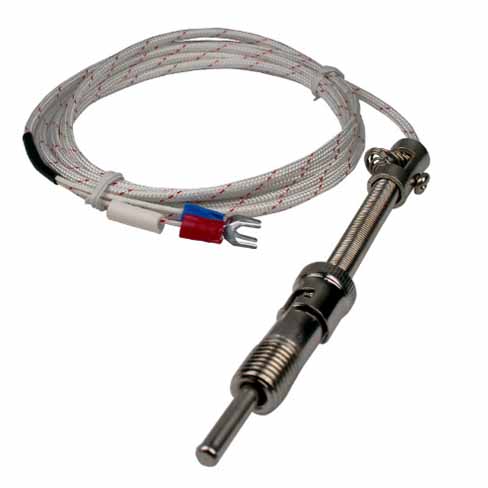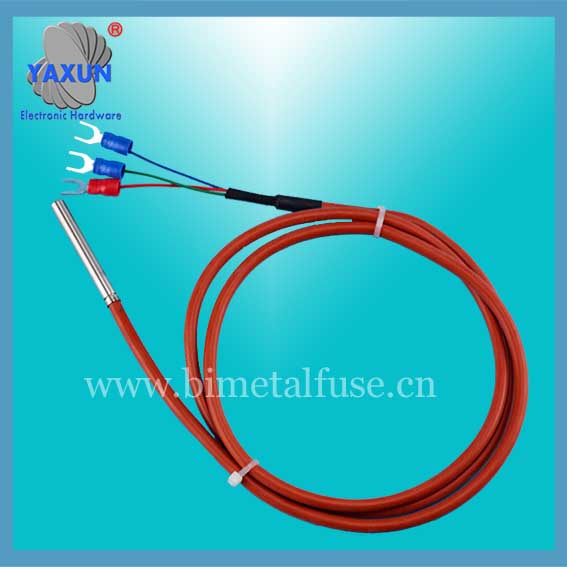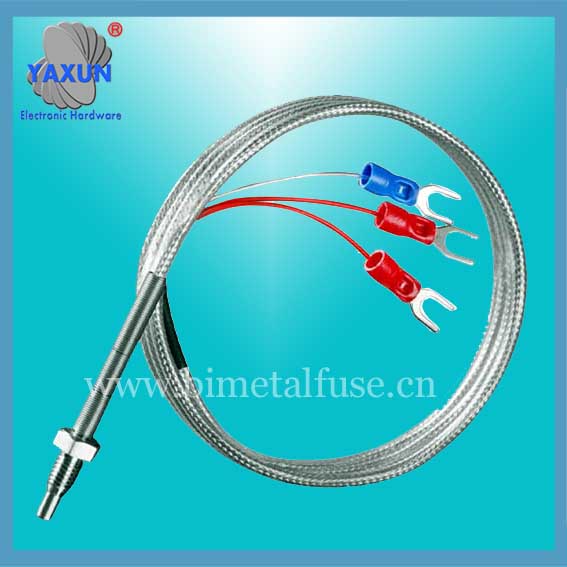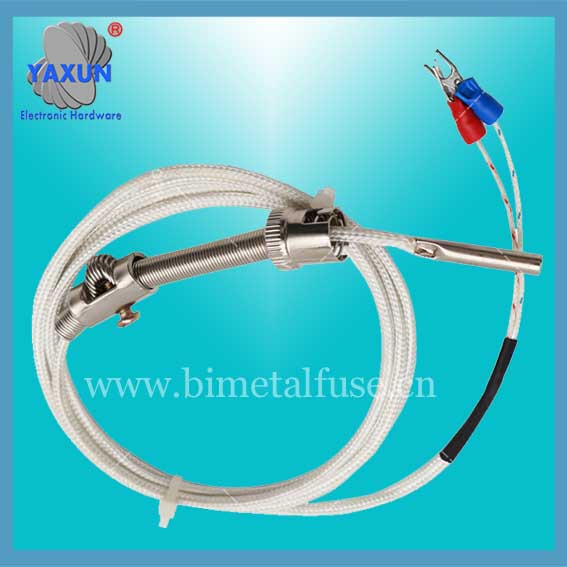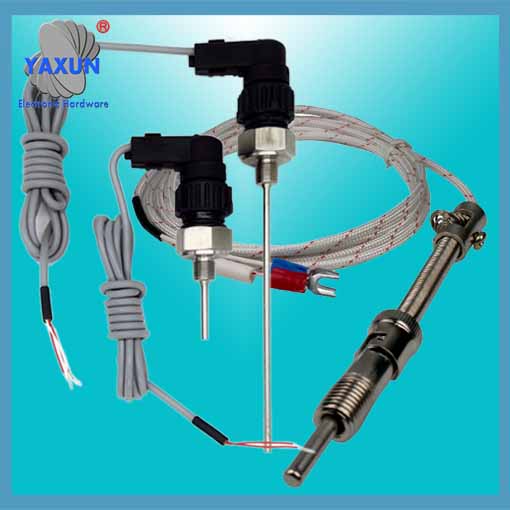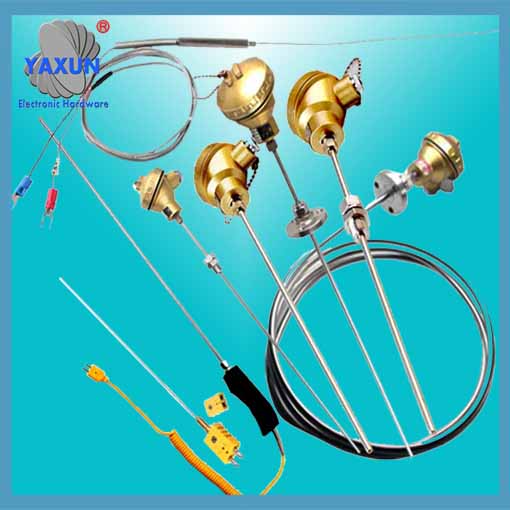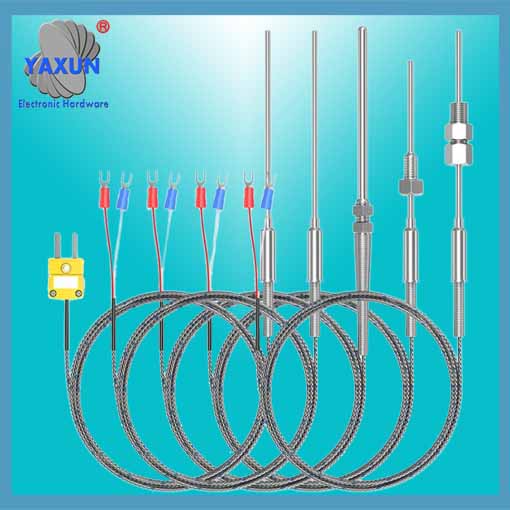
Thermocouples used internationally have a standard specification. It is stipulated that the thermocouple is divided into eight different graduations, namely B, R, S, K, N, E, J and T. The lowest temperature can be measured at minus 270℃, and the highest temperature can reach 1800℃. Among them, B, R and S belong to the platinum series of thermocouples. Because platinum is a precious metal, they are also called precious metal thermocouples. The remaining few are called cheap metal thermocouples. There are two types of thermocouple structures, common type and armored type. Ordinary thermocouples are generally composed of hot electrodes, insulating tubes, protective sleeves and junction boxes. While the sheathed thermocouple is: a thermocouple wire, the protective insulating material and the metal rear sleeve assembly combination of the three, the processing of a stretched solid combination. However, the electrical signal of the thermocouple needs a special wire to transmit, and this wire is called a compensation wire. Different thermocouples require different compensating wires, and their main function is to connect with the thermocouple to keep the reference end of the thermocouple away from the power supply, so that the temperature of the reference end is stable. Compensation wires are divided into two types: compensation type and extension type. The chemical composition of the extension wire is the same as that of the thermocouple to be compensated, but in practice, the extension wire is not made of the same material as the thermocouple. Generally, it is replaced by a wire with the same electron density as the thermocouple. The connection between the compensation wire and the thermocouple is generally very clear. The positive connection compensation wire of the thermocouple is a red wire, and the negative connection is connected to the remaining color wire. Most of the general compensation wires are made of copper-nickel alloy.
Armored thermocouples are the same as industrial assembled thermocouples. As a temperature sensor, it is usually used in conjunction with display instruments, recording instruments and electronic regulators. At the same time, it can also be used as a temperature sensing element for assembled thermocouples. It can directly measure the temperature of liquid, steam and its gaseous medium and solid surface in the range of 0℃~800℃ in various production processes. Compared with fabricated thermocouples, armored thermocouples have the advantages of flexibility, high pressure resistance, short thermal response time, sturdiness and durability.
Because the materials of armored thermocouples are generally more expensive (especially when precious metals are used), the distance between the temperature measurement point and the meter is very long. In order to save armored thermocouple materials and reduce costs, compensation wires are usually used to extend the cold end (free end) of the armored thermocouple into the control room where the temperature is relatively stable, and connect it to the terminal of the instrument. It must be pointed out that the function of the thermocouple compensation wire is only to extend the thermoelectrode and move the cold end of the armored thermocouple to the instrument terminal of the control room. It cannot eliminate the influence of the temperature change of the cold junction on the temperature measurement by itself, and cannot compensate. Therefore, other correction methods are needed to compensate for the influence of the cold junction temperature t0≠0°C on the temperature measurement. When using the armored thermocouple compensation wire, you must pay attention to the matching of the models and the polarity can not be connected incorrectly. The temperature of the connecting end of the compensation wire and the armored thermocouple cannot exceed 100°C.

